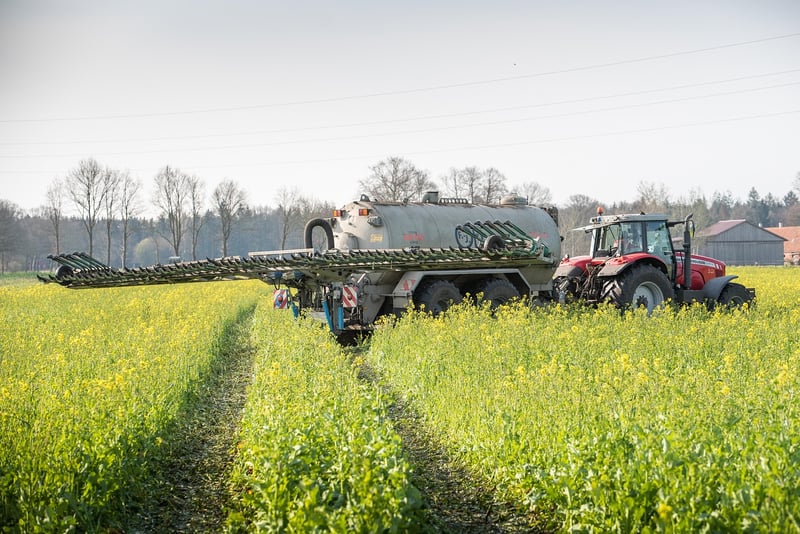Crop Rotation
Optimize Your Harvest Yield with Crop Rotation
Are you looking to maximize your harvest yield and improve the health of your crops? One effective technique to achieve this is crop rotation. Crop rotation involves changing the type of crops grown in a particular field seasonally. This method offers various benefits such as pest and disease control, improved soil fertility, and increased crop productivity.
Why Crop Rotation?
Crop rotation is essential for maintaining soil health and fertility. Different crops have different nutrient requirements, and rotating crops helps prevent the depletion of specific nutrients in the soil. Additionally, rotating crops can disrupt the life cycles of pests and diseases, reducing their prevalence and the need for chemical interventions.
How to Implement Crop Rotation
- Plan Ahead: Create a crop rotation plan based on the types of crops you want to grow and their nutrient needs.
- Diversify Crops: Rotate between different plant families to prevent the buildup of pests and diseases specific to certain crops.
- Follow a Sequence: Establish a rotation sequence that complements the nutrient requirements of each crop and minimizes soil depletion.
- Consider Cover Crops: Integrate cover crops like legumes that can fix nitrogen in the soil and improve soil structure.
Benefits of Crop Rotation
- Improved Soil Fertility: Different crops contribute and extract different nutrients from the soil, helping maintain overall soil health.
- Pest and Disease Control: Disrupting pest and disease life cycles reduces the need for pesticides and chemical treatments.
- Increased Crop Yield: By providing crops with the necessary nutrients and reducing pest pressures, crop rotation can lead to higher yields.
- Sustainable Farming: Crop rotation is a sustainable practice that benefits the environment by reducing chemical inputs and promoting biodiversity.
Get Started with Crop Rotation Today!
Implementing crop rotation on your farm or garden can have long-lasting benefits for your crops and the environment. Start by researching suitable crop rotations for your region and crop preferences. With careful planning and execution, you can optimize your harvest yield and promote the overall health of your farming ecosystem.

